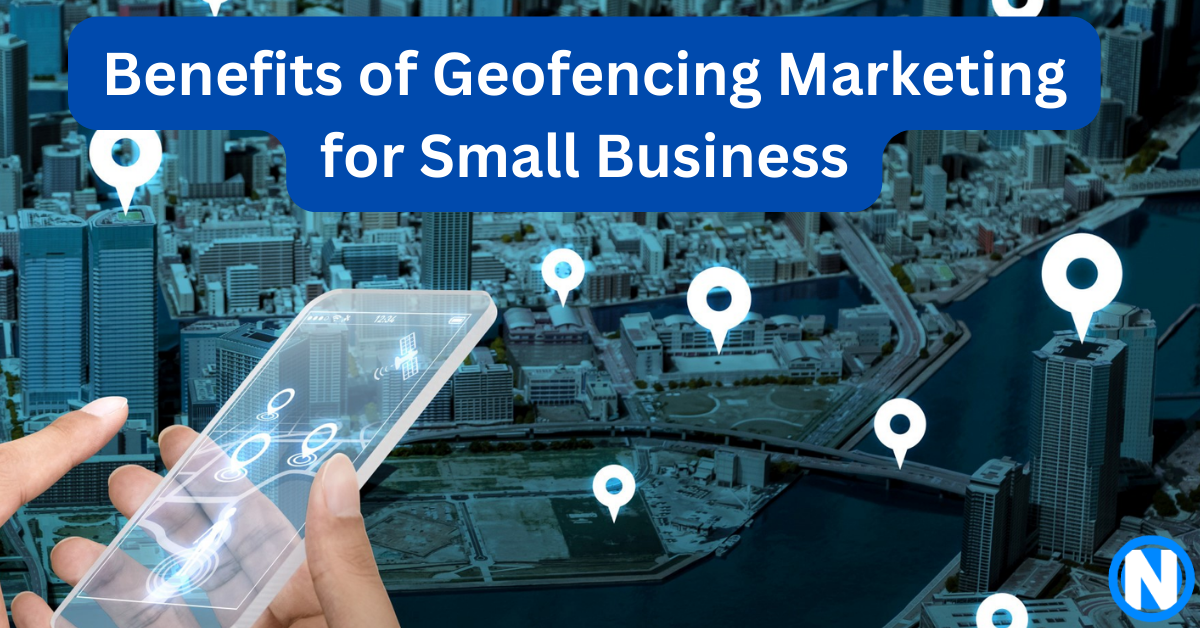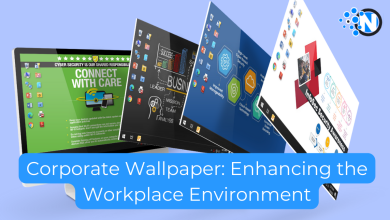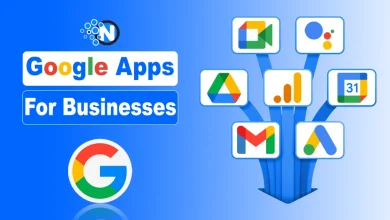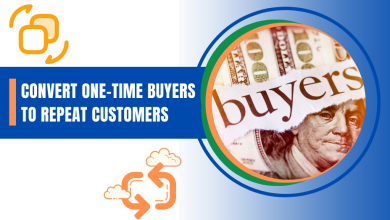Geofencing marketing can be a great way for small businesses to boost their sales. It is a type of location-based marketing that allows businesses to target consumers who are within a certain geographical area. The technology involves creating virtual boundaries around a specific location, such as a store or neighborhood and then targeting mobile device users within that area with targeted advertising. It can help businesses save money on advertising by only targeting those consumers who are most likely to make a purchase. If you’re a small business owner, geofencing marketing may be worth considering as a way to increase your sales and better understand your customers.
What is Geofencing Marketing?
Geofencing marketing is a type of location-based marketing that uses GPS technology to draw virtual boundaries around specific areas. When a customer with a mobile device enters the boundaries of a geofenced area, they receive targeted ads related to their current location. This type of marketing can be used to reach people who are already in the vicinity of a business, such as those walking by a store or attending an event.
How Does Geofencing Marketing Works?
The first step in geofencing marketing is to create a virtual boundary or “fence” around a specific location. This can be done using GPS technology or by setting up a perimeter around the location. Once this is done, all customers with mobile devices that enter the boundary will receive targeted ads related to their current location. These ads can be tailored to the customer’s interests and can include things like discounts, special promotions, or even coupons.
Geofencing Marketing vs Geotargeting:
Geofencing and geotargeting are two different types of location-based marketing strategies. Geofencing is a form of location-based marketing that uses GPS or RFID to create a virtual boundary around an area of interest. It then targets ads to users who enter that area, allowing businesses to reach potential customers who are nearby.
Geotargeting, on the other hand, is a more generalized form of location-based marketing. It targets ads to users based on their general location, such as a city or country. This form of marketing is not as targeted as geofencing and can be less effective in driving sales.
Geofencing is more targeted than geotargeting, allowing businesses to reach potential customers who are in the immediate vicinity of their store or restaurant.
Key Benefits of Geofencing Marketing:
Here are some of the key benefits of geofencing marketing for small businesses:
Increased foot traffic:
Geofencing marketing is a great way to drive more foot traffic into your store. By targeting ads to mobile users within a certain geographic area, small businesses can attract more customers to their physical location. For example, a local clothing store could use geofencing to target ads to users within a few blocks of the store, encouraging them to come in and check out the latest styles.
Targeted advertising:
Geofencing allows small businesses to target their advertising efforts to specific groups of people based on location. This type of marketing can be more effective than traditional forms of advertising because it ensures that ads are only seen by people who are likely to actually take advantage of them. This can be especially useful for businesses that rely on foot traffic, such as retail stores and restaurants, as they can target ads to people who are likely to be in the area and looking for a place to shop or eat.
Enhance local sales:
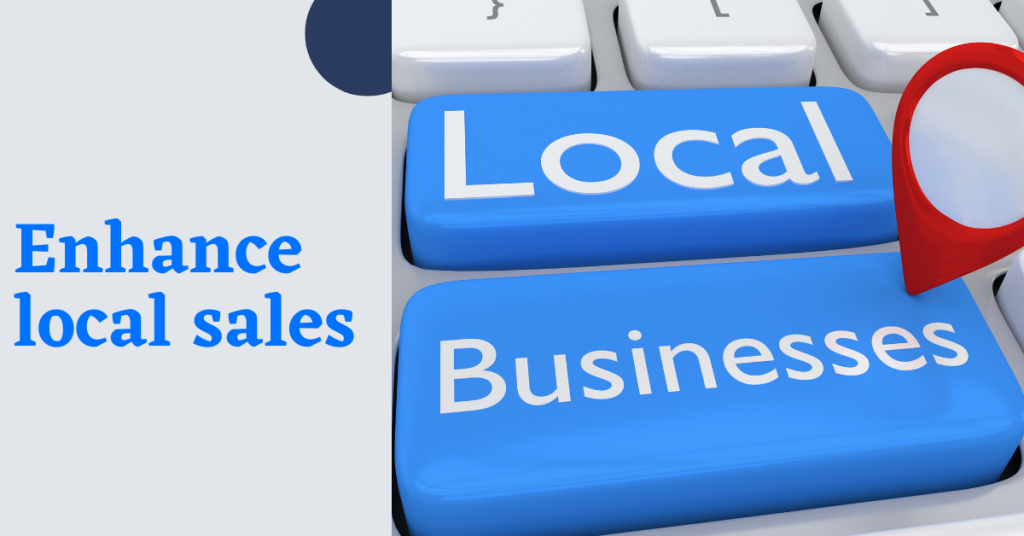
Geofencing can also help small businesses enhance local sales. By targeting ads to those within a certain area, businesses can attract customers who are already nearby and likely to purchase. Geofencing marketing is a powerful tool for generating leads and driving traffic to your business.
For example, a restaurant near a university could target ads to students who are located within the geofenced area. This would give the restaurant a better chance of attracting customers who live nearby and would be more likely to visit.
Cost-effective:
Compared to traditional forms of advertising, such as TV or print ads, geofencing is relatively inexpensive. This makes it a cost-effective way for small businesses to reach their target audience and increase sales.
Businesses can set a budget for their geofencing campaign and only pay for the ad impressions or clicks that they receive within the targeted area. This makes it a cost-effective way to reach potential customers without having to pay for unproductive ads.
Better customer insights:
Geofencing can also be used to gain valuable insights about customers, such as their buying habits or demographic information. By tracking customers who enter a certain area, businesses can better understand their target audience and develop more effective advertising strategies.
Measurable results:
Geofencing allows small businesses to track the effectiveness of their advertising efforts by measuring the number of people who enter the store or sign up for a loyalty program. This data can be used to optimize the campaign and get the best possible return on investment.
Personalization:
With geofencing, small businesses can personalize the content of their ads to reflect the interests of their target audience. This customization can help increase the effectiveness of the ads and make them more likely to engage potential customers.
For example, a coffee shop in a university area can target ads for student discounts or study sessions to the students. By leveraging personalization, businesses can build deeper connections with customers and cultivate their loyalty. This leads to a more committed customer base that will keep coming back for more.
Build loyalty:
By targeting ads to repeat customers, small businesses can build loyalty among their customer base. This can help to increase customer retention and encourage repeat visits. For example, a restaurant could use geofencing to target ads to customers who have visited the restaurant before, offering them a special deal or promotion to encourage them to come back. This type of loyalty program can help to increase repeat visits, leading to more sales and increased profits.
Increases brand awareness:
Geofencing can be used to increase brand awareness in an area. With people who are likely to respond, businesses can create a larger presence in the area and gain more visibility. This can be especially beneficial for small businesses looking to expand their reach and increase their customer by targeting ads. By increasing their presence in the local area, businesses can attract more customers and increase sales. It’s the perfect way to encourage your audience to choose you over other competitors.
Final Verdict:
Geofencing is an incredible resource for encouraging customers to buy items as well as interact with a brand through other means. Adopting different geofencing strategies can be a great way to generate leads and drive customers to your business. With its cost-effective nature, better customer insights, measurable results, personalization capabilities, and ability to build loyalty, geofencing is a powerful tool for small businesses looking to increase sales and brand awareness.

